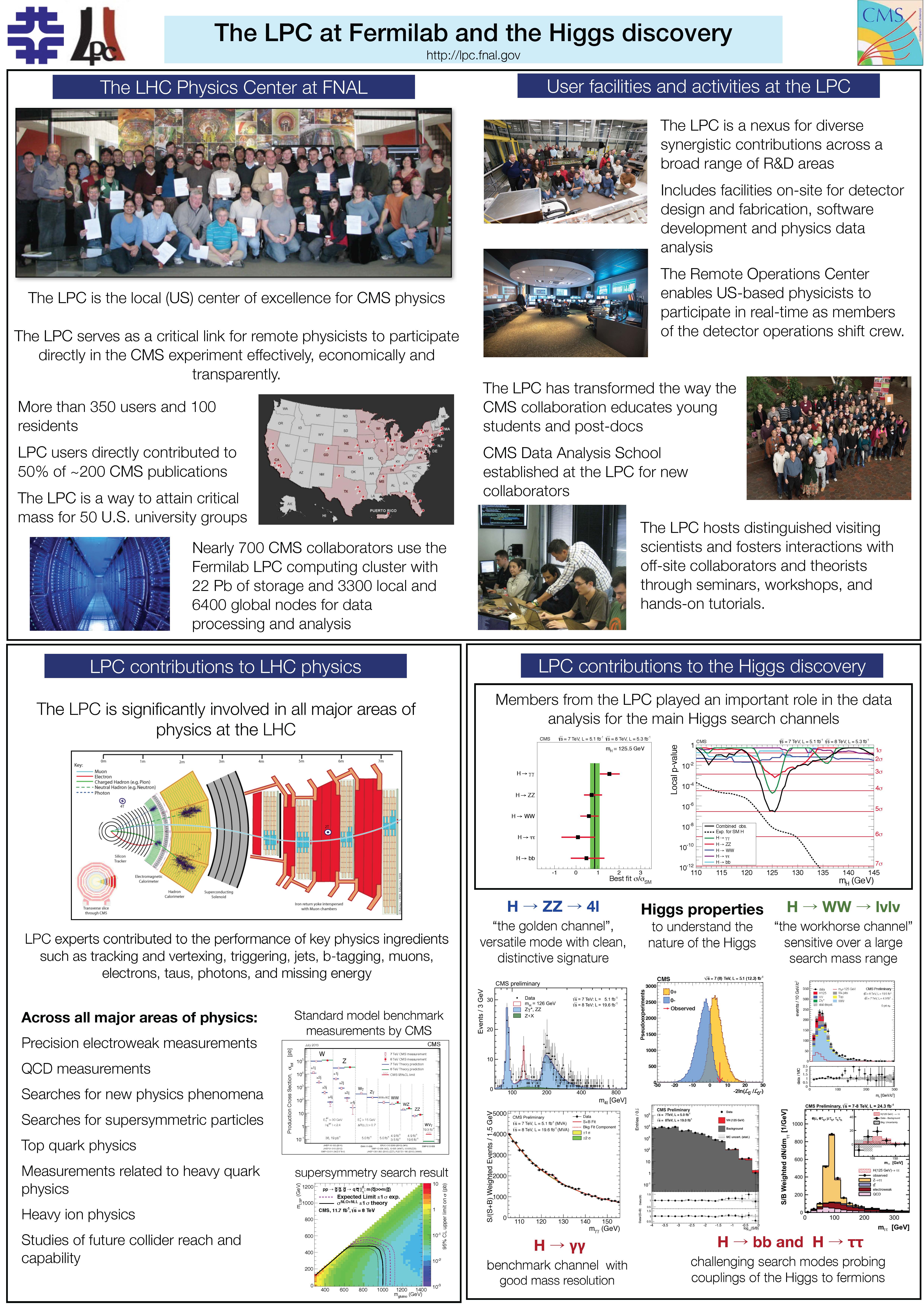LPC Distinguished Researcher

Name:
Julie Hogan
Institution:
Brown University
Email:
Personal web link:
What I will be working on:
This year I plan to expand my current searches for vector-like quarks and take a larger role in the outer tracker upgrade project. In 2017 we will have access to the largest dataset ever collected by a particle collider and will have the opportunity to make strong new statements about the existence of vector-like quarks, predicted by several extended Higgs sector models to preserve naturalness. To successfully mine this data I will be working to improve our analysis techniques for identifying boosted decays and modeling backgrounds from data in searches that scan from resolved to boosted regimes. High energy physics has fed the growing data science community for many years and now we can learn from them in return. My central analysis focus will be to use techniques from the Brown Data Science Practice, where machine learning tools such as TensorFlow are developed for applications outside physics, to reimagine our VLQ search method.
I will also use this time to increase my effort on the outer tracker upgrade project. Brown and Fermilab are two of the major centers for sensor and module development, which is currently focused on understanding the performance of sensors from different industry partners, and on developing module assembly techniques. Production will be a collaboration between Fermilab and a group of northeastern universities, including Brown, with plans to assemble up to 6000 PS and 2S modules in the US. This year we'll work towards answering important production question such as how much automation to incorporate into the assembly procedures. I intend to work with Fermilab colleagues at the SiDet facility to produce prototypes of 2S modules and serve as a bridge connecting developments here with the silicon laboratory at Brown.
My role in CMS past and present:
I joined CMS very recently in early 2015. I jumped in to the Beyond 2 Generations subgroup searching for heavy fermions. I'm currently leading a group of LPC-based analysts in a search for pair-produced vector-like top quarks with electric charge 2/3. Our search covers final states with one, two, or three leptons, as well as boosted decays. We're working toward a combined paper analyzing the data collected in 2016. My current detector work is focused on silicon strip tracker operations. I am responsible for managing the data flow of commissioning and test runs taken to gauge the performance of the tracker, as well as rebuilding a framework to study to discuss topics of interest to LPC students and physicists.
